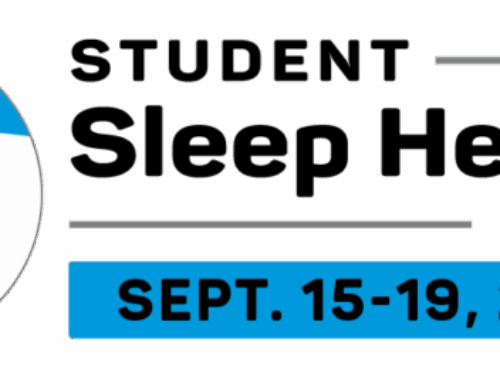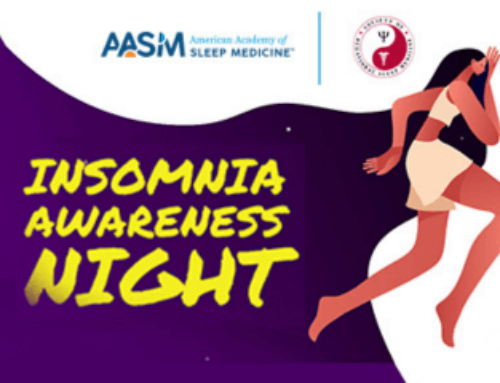DARIEN, IL – A new study suggests that telemedicine-based management for obstructive sleep apnea (OSA) is as effective and may be comparable to in-person care.
Results show that there was no significant difference in functional outcome changes, dropout rates, or objectively measured positive airway pressure (PAP) adherence between patients having an in-person physician visit or a clinical video telehealth (CVT) based visit at their initial evaluation. Participants reported high satisfaction with the telemedicine pathway, with all of them agreeing that the quality and content of their telemedicine visits were comparable to in-person visits. The most frequently mentioned advantages of telemedicine were decreased travel burden and greater convenience.
“Our study is the first to compare a novel, telemedicine-based obstructive sleep apnea management pathway with in-person care,” said lead author Dr. Barry G. Fields, assistant professor of medicine at Emory University School of Medicine and the Atlanta VA Medical Center. “Limited access to sleep medicine care is a growing concern within and outside the Veterans Affairs health care system. Various telemedicine-based modalities hold promise to help address this need, but technological advancement has outpaced its evidence-based implementation.”
Study results are published in the March 1 issue of the journal Sleep.
“This study emphasizes that the use of telemedicine can be an effective strategy for the evaluation of patients with a suspected sleep disorder,” said American Academy of Sleep Medicine President Dr. Nathaniel Watson, who was not involved in the study. “Telemedicine can dramatically increase patient access to the expertise of board-certified sleep medicine physicians and accredited sleep centers.”
In January, the American Academy of Sleep Medicine launched AASM SleepTM, a state-of-the-art telemedicine platform that gives all patients access to high quality sleep health care, regardless of where they live. A core component of the system is a secure, web-based video platform that facilitates live, interactive consultations and follow-up visits between patients and sleep medicine clinicians.
The study involved 60 veterans at the Philadelphia Veterans Affairs Medical Center and two affiliated community-based outpatient clinics located 33 and 46 miles away. Participants were randomized to the telemedicine or standard care pathway. For their initial evaluation, telemedicine participants were interviewed at their local community clinic through real-time video teleconferencing by a sleep specialist at a distant site. Initial visits for the standard care participants were conducted face-to-face by a sleep clinician who travelled to their local community clinic.
The authors suggest that the findings of this study lay the groundwork for future sleep telemedicine research and clinical pathway development.
Research funding was provided by VISN 4 Competitive Pilot Project Fund.
To request a copy of the study, “Remote Ambulatory Management of Veterans with Obstructive Sleep Apnea”, or to arrange an interview with the study author or an AASM spokesperson, please contact Communications Coordinator Lynn Celmer at 630-737-9700, ext. 9364, or lcelmer@aasm.org.
The monthly, peer-reviewed, scientific journal Sleep is published online by the Associated Professional Sleep Societies, LLC, a joint venture of the American Academy of Sleep Medicine and the Sleep Research Society. The AASM is a professional membership society that improves sleep health and promotes high quality patient centered care through advocacy, education, strategic research, and practice standards. More information about sleep, along with a searchable directory of AASM accredited sleep centers, is available at www.sleepeducation.org.




